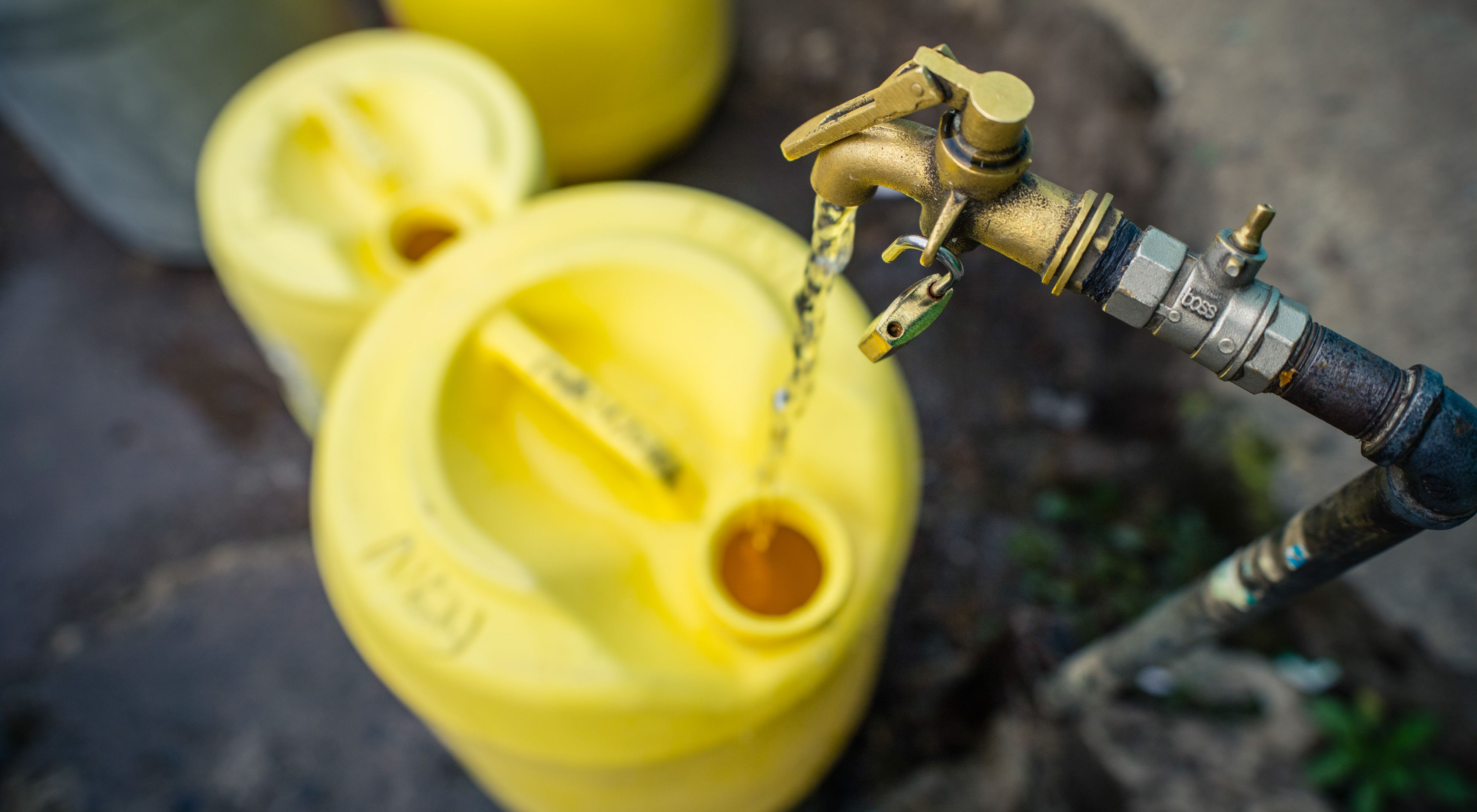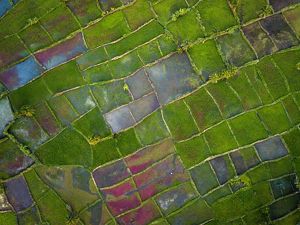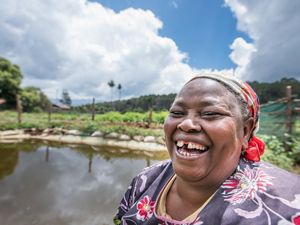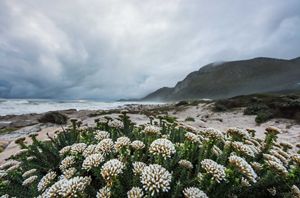Protecting Africa's Troubled Waters
Using nature to improve water security in Africa’s fast-growing cities
Key Takeaways
Booming populations and rapid urbanization are creating water security challenges for many African cities, especially those with degraded source watersheds.
Water funds bring together a range stakeholders to create a governance and finance mechanism for source water protection, thereby ensuring greater water flows for cities.
TNC is working to scale this model by handing over the reins—training regional leaders across Africa to develop their own water funds.
Here’s a stereotypical image of Africa: A woman in worn shoes walking slowly along a dusty path with a bucket of water on her head. The reality is very different for many in today’s urbanizing Africa—there are more cars and business suits, for one—but the basic problem is the same.
Source Water Protection
Download the ReportI’ll never forget the first time I walked through one of the low-income neighborhoods in Nairobi and saw dozens of people lined up to fill their jerry cans with water from one single tap. Men and women, young and old, were spending their precious time—and money—to acquire this basic human resource.
With more and more Africans moving to cities, I can’t help but wonder: How long is that line going to get?
Luckily, TNC has a solution that allows people to invest in the protection of their water sources, improving the water outlook for cities like Nairobi, Cape Town and others across the continent.
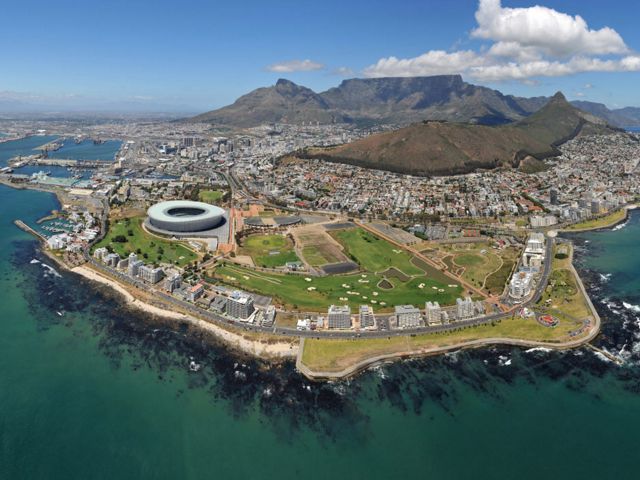
A New Application for an Old(ish) Idea
By now, water funds are no longer a new idea. TNC developed the first one in Quito, Ecuador, nearly 20 years ago, and we now have 35 water funds in cities around the world. In its simplest terms, a water fund is a system that helps downstream water users pay for upstream water conservation efforts.
But things are a bit different in Africa. The population here is expected to double in the next 30 years to 2.5 billion. And Africa’s urban population is expected to more than triple over 40 years, from 395 million in 2010 to 1.34 billion in 2050, corresponding to 21 percent of the world’s projected urban population. Water demand will grow for rapidly expanding energy development, agriculture, and urban communities.
And unlike in the U.S., for example, not all water users pay for the water they use. Many African water utilities can’t just institute a rate hike to cover the cost of keeping water supplies healthy through conservation measures. Our approach brings in corporate entities whose future business depends on good water quality and quantity, as well as international funding, to create a governance and finance mechanism that can perpetually provide support for source water protection.
In the Americas, most agriculture happens on an enormous scale, and huge changes can be made by working with just a few key stakeholders. But in Nairobi, Kenya’s Upper Tana watershed, where we launched Africa’s first water fund in 2015, we must work with thousands —yes, tens of thousands—of smallholder farmers, many of whom farm on less than one acre.
On these very steep hillside farms, any bare soil can quickly wash massive amounts of soil into the river, clogging filtration systems and reducing the amount of clean water flowing into Nairobi. Changing rainfall patterns that include more episodes of very intense rainfall is only exacerbating the problem. But by working with farmers on improving soil-retention practices, the watershed can act more like a sponge that releases water slowly and uses rainfall more efficiently. Since 2015, more than 24,000 farmers have begun applying soil and water-conservation methods, and 27 million more liters of water are flowing into Nairobi every day.
Source Water Protection in Africa

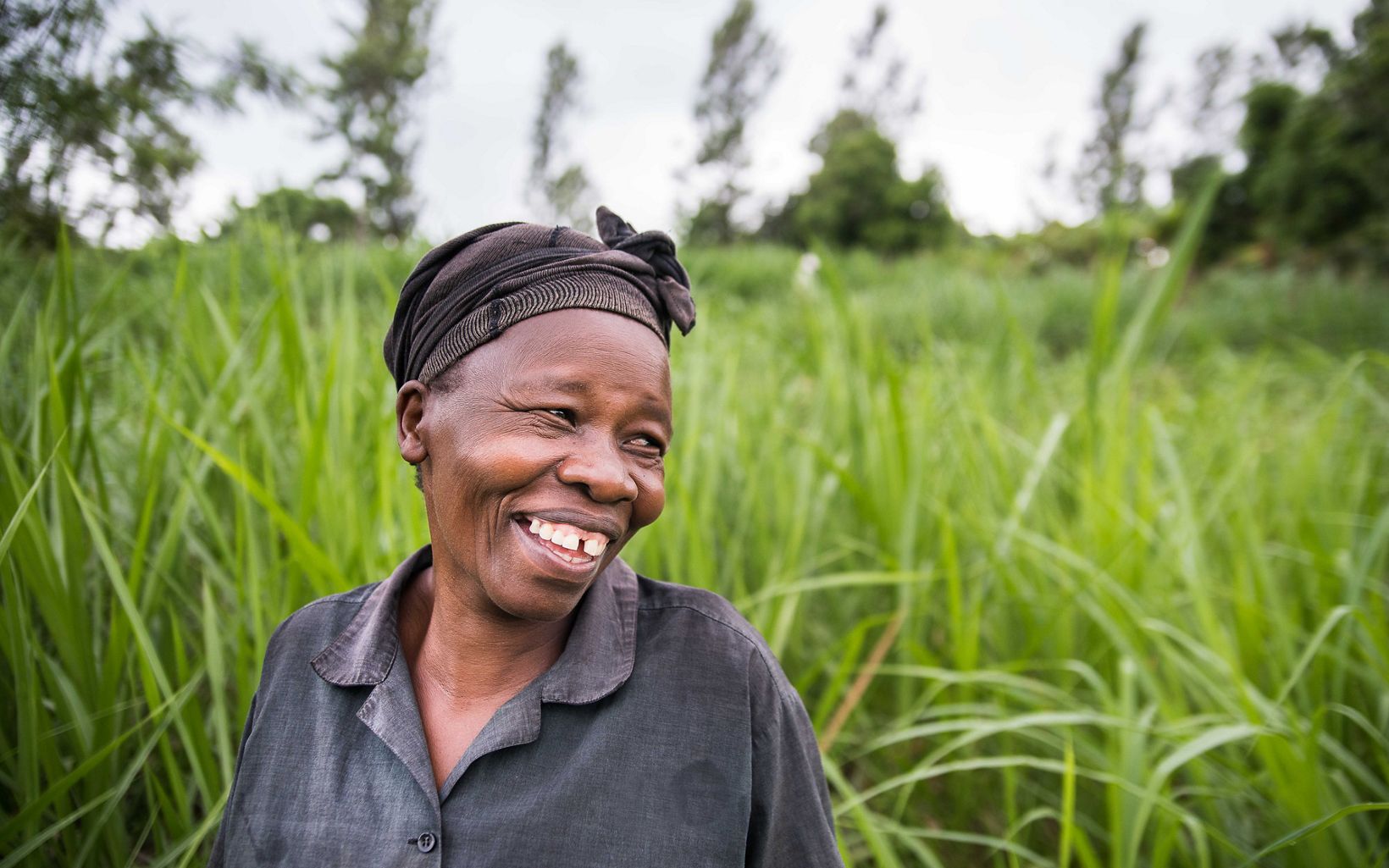
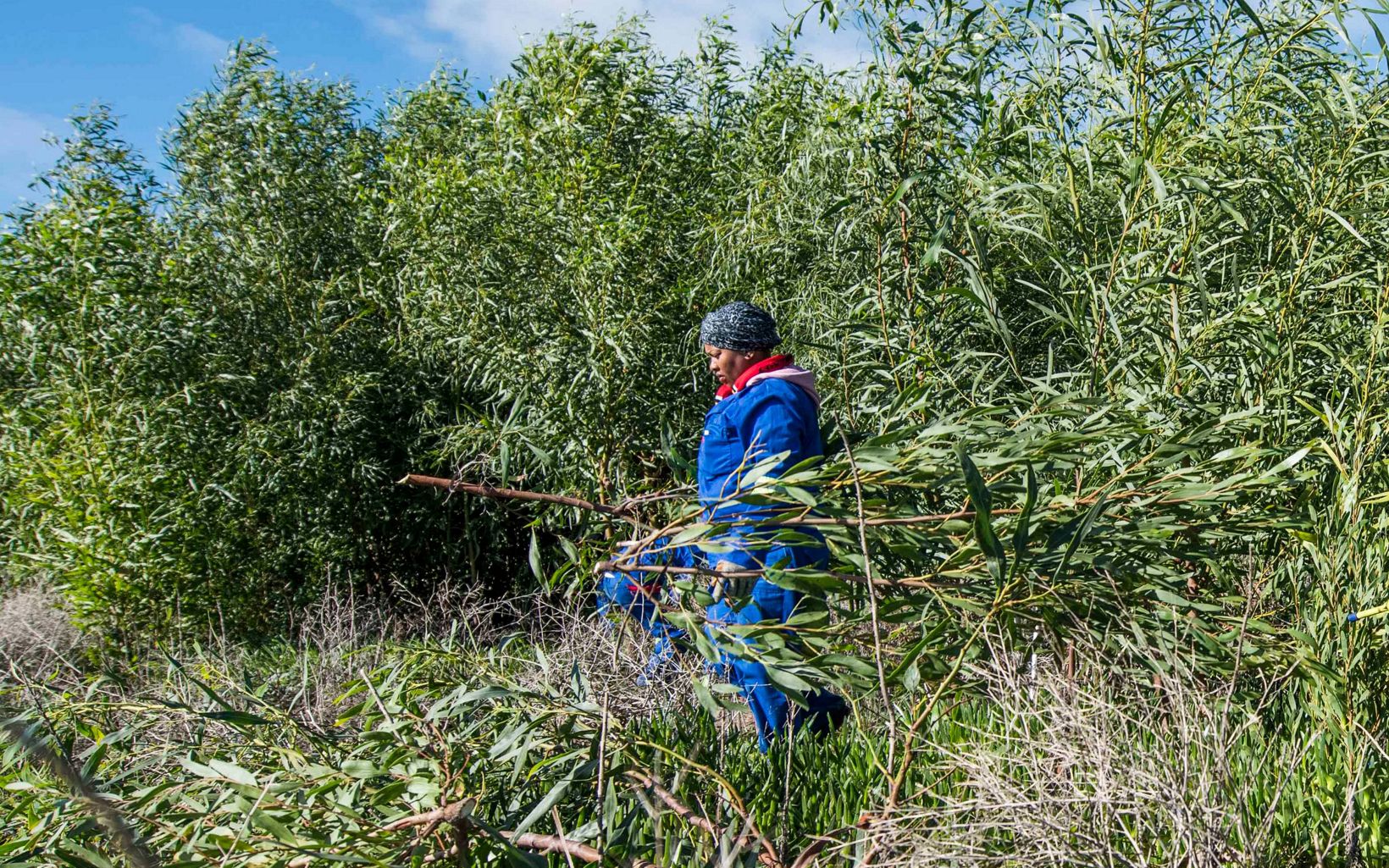
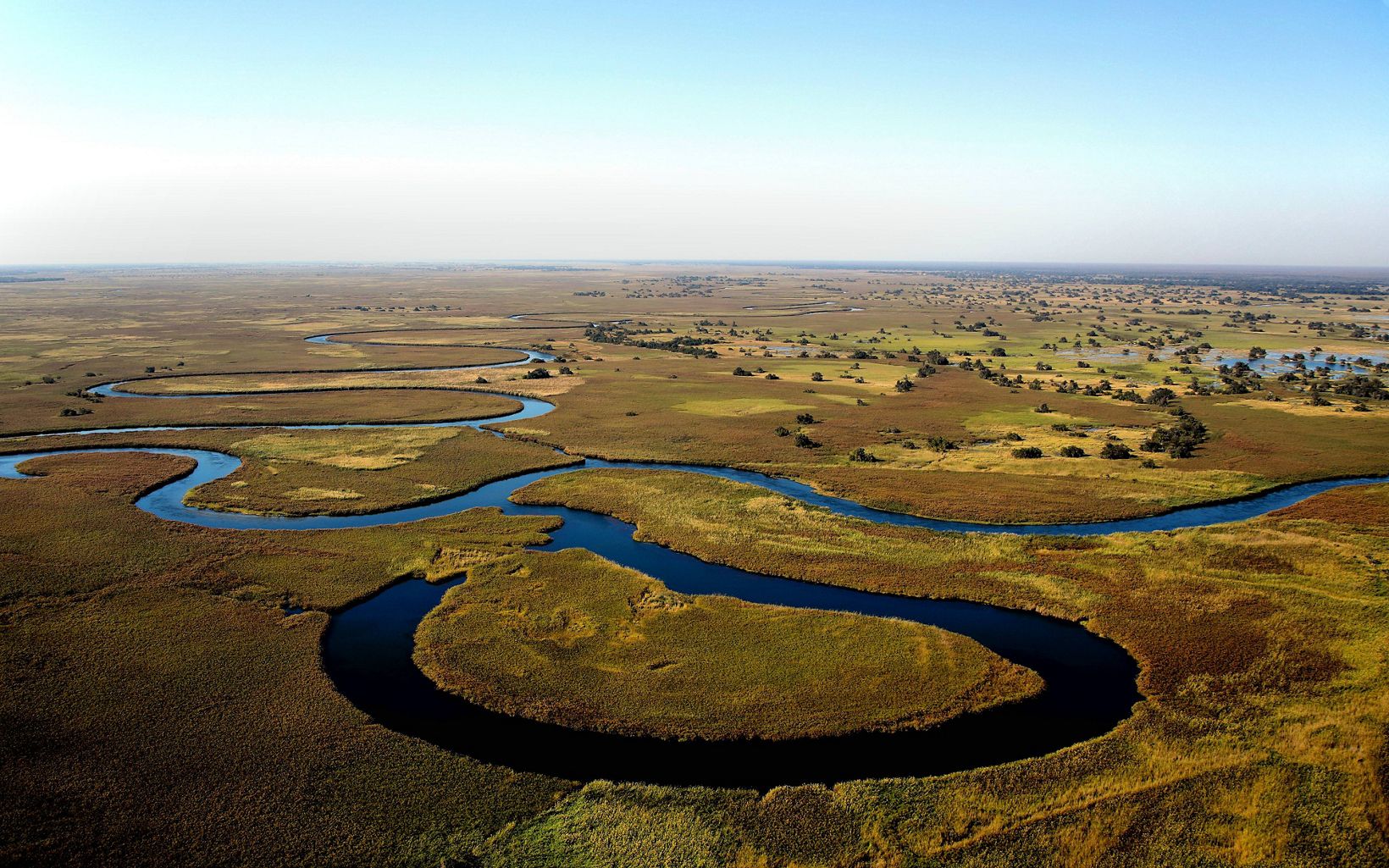


The Human Capacity for Expansion
The opportunities to improve source water protection for African cities are vast, and we can’t tackle them alone. That’s why we’re creating a network of professionals who are trained and empowered to create new water funds in cities across the continent. By handing over the reins to others, we can move at the pace this burgeoning water crisis demands.
Our goal is aspirational, but attainable: Nineteen water funds operational or in development by 2025. Only a few of these will be led by TNC; the majority will be run by partners in the Africa Water Fund Network. These partners will be trained and have access to a Water Fund Toolbox, which provides resources and online training courses on water fund development. As of early 2019, more than 100 people from 15 African countries have benefited from TNC-led training and are part of the Network.
But we aren’t just replicating in as many cities as possible. As with everything TNC does, we are being surgically strategic: Our Urban Water Blueprint report evaluated 54 cities across Africa and found that 28 of them could improve their water security by investing in conservation activities, for the potential benefit of more than 80 million people.
TNC is using multiple criteria to select the best candidates for water fund expansion, including the recognition of a water security threat, the country’s political stability and existing water governance regulation.
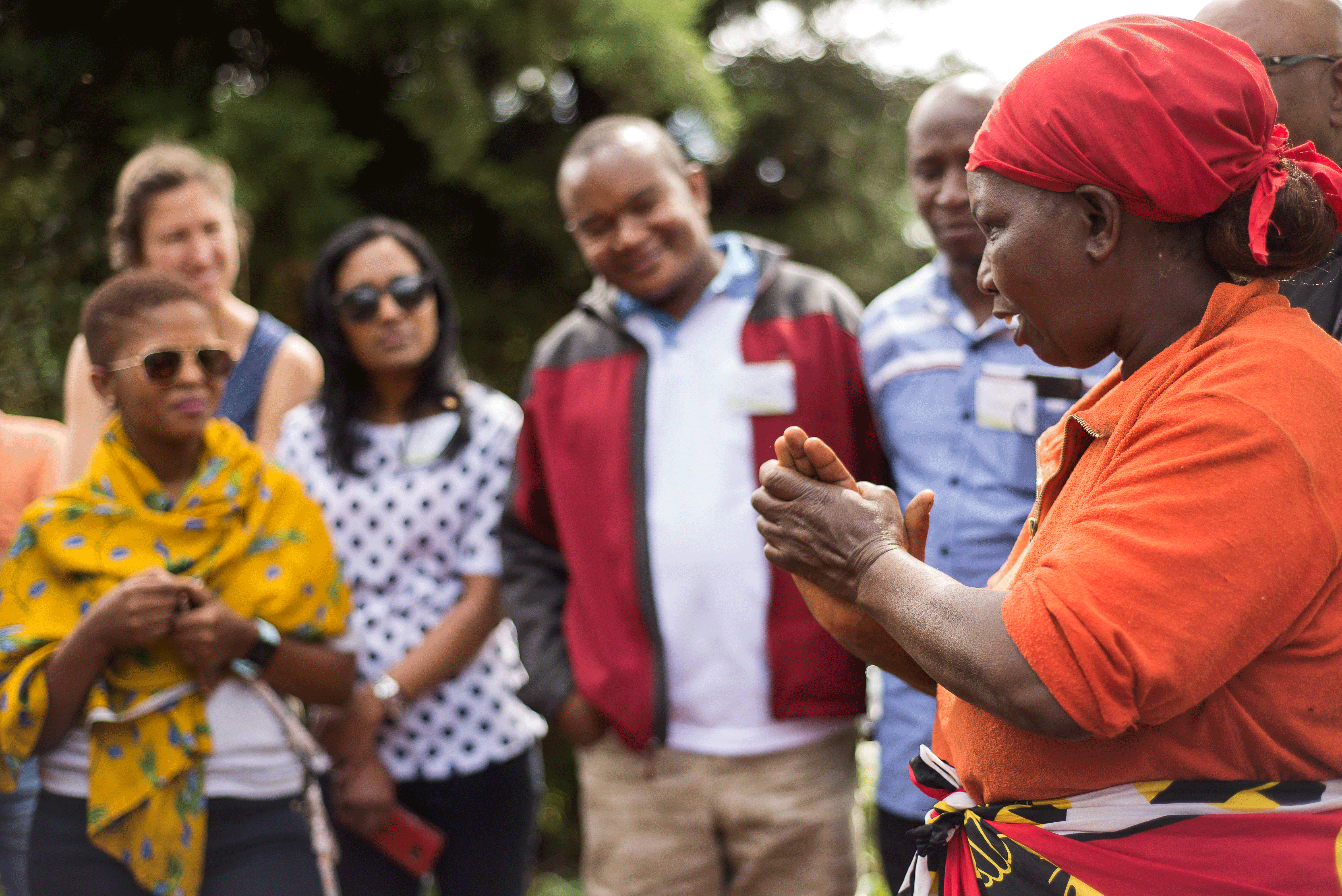
A Vision of Greater Water Security in Africa
Our goal is that by 2025, water funds and other source water protection initiatives will have reduced the risk of water supply disruptions for at least 25 million people, enhanced livelihoods for at least 100,000 people and improved water quality or quantity in 10 basins.
But for me, the goal is more than these important figures relay. It’s about leading the conversation on water security—not just with those who experience water shortages, but with the many people who, like me, have ever taken access to water for granted. A challenge this size will require all of us to understand how and where we can make a big difference for people and nature, and mobilize more people into action. And if we do all that, I can only hope the lines for clean water in African cities get shorter, not longer, in the years ahead.
Global Insights
Check out our latest thinking and real-world solutions to some of the most complex challenges facing people and the planet today.
